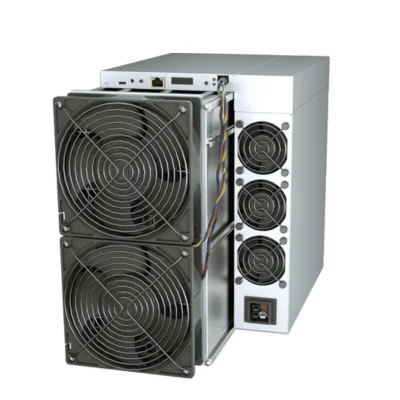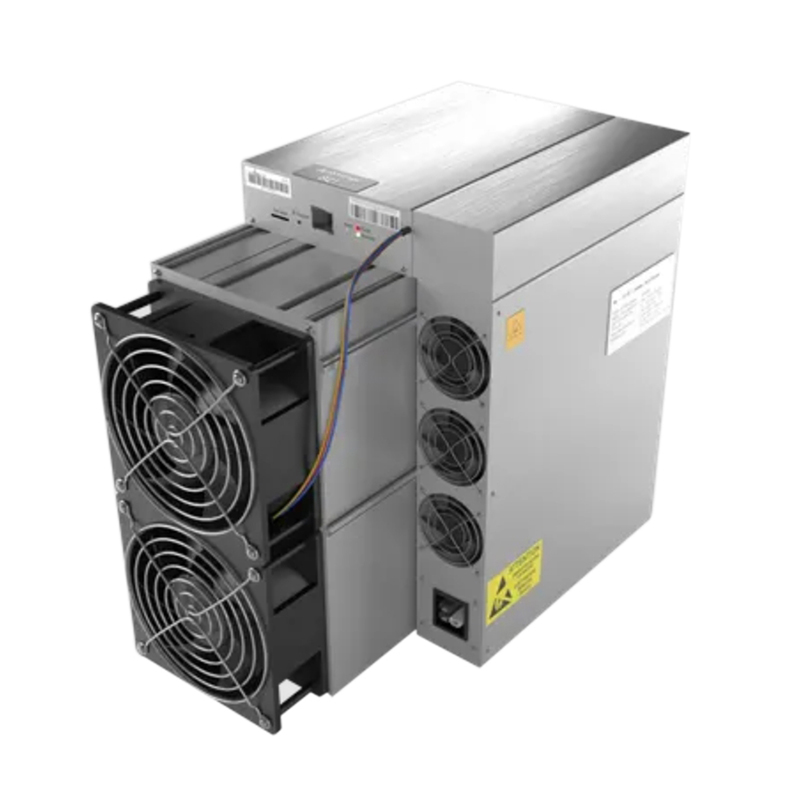How to Calculate Power Cost for Antminer S21+ Mining
Introduction
Cryptocurrency mining remains a competitive and capital-intensive industry where profitability hinges on operational efficiency. Among the most critical factors influencing mining ROI is electricity consumption—a variable that can make or break your mining operation. The Antminer S21+, Bitmain’s latest flagship SHA-256 miner, offers impressive performance, but understanding its power costs is essential for optimizing profitability.
In this guide, we’ll break down how to accurately calculate the power cost for running an Antminer S21+, explore its efficiency advantages, and provide actionable insights to help miners maximize returns.
Understanding the Antminer S21+ Power Consumption
Before diving into calculations, let’s examine the Antminer S21+’s key specifications:
- Hashrate: 216 TH/s
- Power Consumption: 5,760W (at wall)
- Voltage Requirement: 380-415V (three-phase power recommended)
- Efficiency: ~26.7 J/TH
Unlike older-generation miners, the S21+ leverages Bitmain’s latest chip technology to deliver higher hashrates at improved efficiency. However, its power draw is substantial, meaning electricity costs will significantly impact profitability.
Why Power Cost Matters
Electricity typically accounts for 60-80% of ongoing mining expenses. Even slight variations in power rates can drastically alter profitability, especially in competitive mining environments where margins are thin.
For example:
- At $0.05/kWh, an S21+ may yield strong profits.
- At $0.15/kWh, the same miner could operate at a loss if Bitcoin’s price doesn’t compensate.
Thus, accurately calculating power costs is non-negotiable for serious miners.

Step-by-Step Power Cost Calculation
1. Determine Your Electricity Rate
First, identify your cost per kilowatt-hour (kWh). This information can be found on your utility bill or obtained from your power provider. Rates vary widely:
- Industrial rates: Often $0.04–$0.08/kWh (common for large-scale farms).
- Residential rates: Typically $0.10–$0.30/kWh (less ideal for high-power miners).
*Pro Tip:* If you’re mining at home, check for time-of-use (TOU) pricing, where electricity costs fluctuate based on demand periods. Running miners during off-peak hours can reduce expenses.
2. Convert Wattage to Kilowatts
The Antminer S21+ consumes 5,760W (5.76 kW) under full load. To find daily power usage:
\[ \text{Daily Consumption (kWh)} = \text{Power (kW)} \times \text{Hours Operated} \]
For 24-hour operation:
\[ 5.76 \, \text{kW} \times 24 \, \text{hours} = 138.24 \, \text{kWh/day} \]
3. Calculate Daily Electricity Cost
Multiply daily consumption by your electricity rate.
Example 1: $0.07/kWh (industrial rate)
\[ 138.24 \, \text{kWh} \times \$0.07 = \$9.68 \, \text{per day} \]
Example 2: $0.12/kWh (residential rate)
\[ 138.24 \, \text{kWh} \times \$0.12 = \$16.59 \, \text{per day} \]
Over a month, this difference becomes substantial:
- $0.07/kWh → ~$290/month
- $0.12/kWh → ~$498/month
4. Incorporate Power Efficiency into Profitability
While the S21+ draws significant power, its 26.7 J/TH efficiency means it generates more Bitcoin per watt than older models like the S19 Pro (~29.5 J/TH).
To assess true profitability, use mining calculators (e.g., WhatToMine, CoinWarz) that factor in:
- Current Bitcoin price
- Mining difficulty
- Pool fees
Reducing Power Costs for the S21+
Given that electricity is the largest variable cost, miners should explore optimization strategies:
1. Negotiate Lower Electricity Rates
Large-scale miners can often secure discounted rates by committing to long-term contracts with utility providers.
2. Use Renewable Energy Sources
Solar, wind, or hydro-powered setups can drastically cut costs. Some miners relocate to regions with cheap renewable energy (e.g., Texas, Scandinavia).
3. Overclocking/Undervolting
Advanced users can tweak firmware settings to optimize power-to-hashrate ratios, though this may affect hardware lifespan.
4. Heat Recycling
The S21+’s heat output can be repurposed for heating greenhouses, warehouses, or water—effectively reducing net energy costs.
Antminer S21+ vs. Competitors: Power Efficiency Comparison
| Miner | Hashrate | Power Draw | Efficiency (J/TH) | |——–|———–|————|——————| | Antminer S21+ | 216 TH/s | 5,760W | 26.7 | | Whatsminer M63S | 390 TH/s | 11,400W | 29.2 | | Avalon A1266 | 130 TH/s | 3,270W | 25.2 |

While the Avalon A1266 is slightly more efficient, the S21+ offers a better balance of high hashrate and respectable efficiency, making it ideal for large-scale operations.
Final Thoughts
The Antminer S21+ is a powerhouse miner, but its profitability depends heavily on electricity costs. By accurately calculating power expenses and implementing optimization strategies, miners can maximize ROI.
Key Takeaways:
- Always calculate power costs based on local kWh rates.
- Industrial-scale miners benefit most from the S21+’s efficiency.
- Explore renewable energy and heat recycling to offset expenses.
For those with access to low-cost power, the S21+ remains one of the most competitive miners on the market—delivering high performance while keeping operational costs manageable.
Would you like a customized profitability estimate for your specific setup? Drop your electricity rate in the comments, and we’ll help you crunch the numbers!